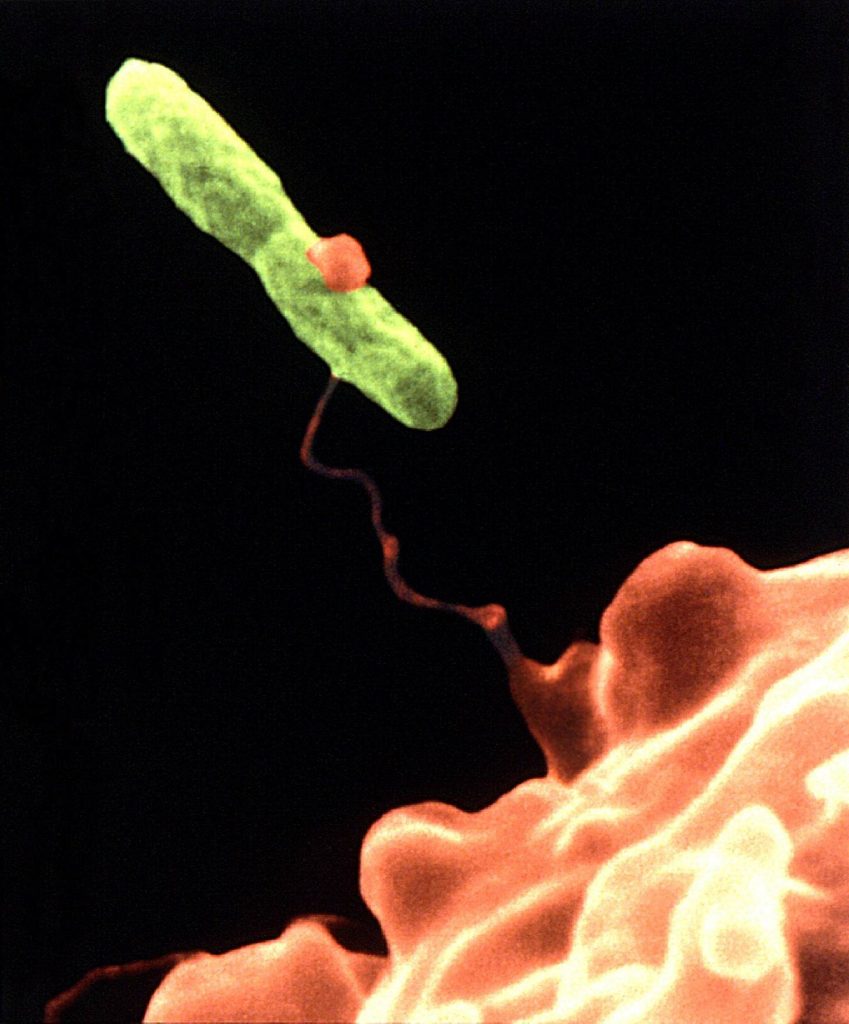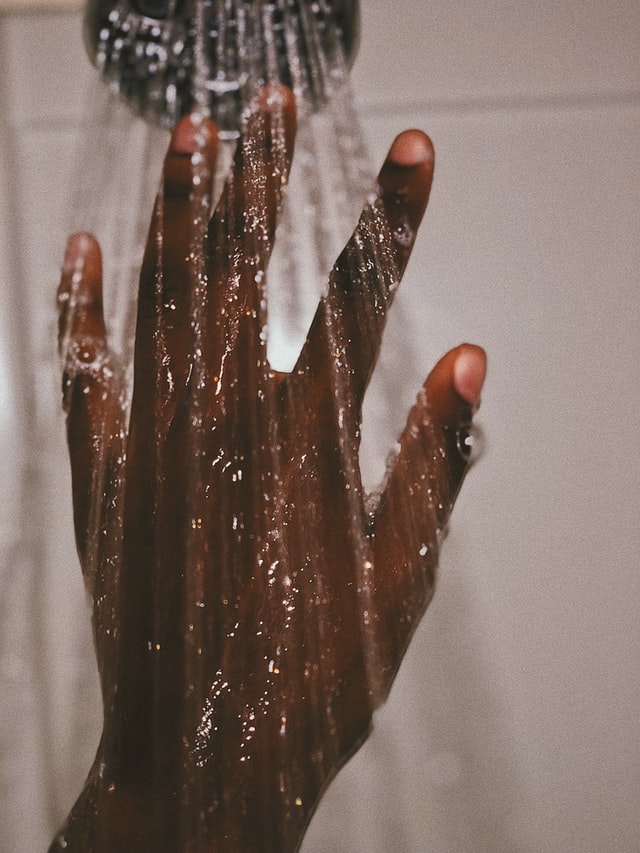Empty rental properties can be a problem for a wide range of reasons; when they are sitting dormant, the landlord isn’t receiving an income for one thing, but there are other issues to consider. One is mould and damp, another is pests such as rats and mice, and of course, there is always the risk of break-ins, vandalism, and – in rare cases – squatters.
Yet something a landlord might not have considered when it comes to their empty rental properties is the challenge of legionella. This serious health hazard is undetectable to the naked eye; you can’t smell it, you won’t notice it at all until it causes a tenant or visitor to become unwell, potentially fatally so.

What Is Legionella?
Legionella is a type of bacteria that, when inhaled, can lead to legionnaires’ disease, a lung condition similar to pneumonia. Legionnaires’ disease affects the respiratory system, and, as we’ve mentioned, it can be a fatal illness, especially since it is often confused for flu at first, and medical help is not received quickly.
Most legionella outbreaks don’t occur in empty rental properties or occupied ones, come to that. They occur in poorly maintained cooling towers, cold water storage tanks, showers, hot water calorifiers, etc. This is because the water within these storage vessels often sits for some time at the right temperature (between 20 and 50 degrees C) for legionella bacteria to proliferate.
However, if your empty rental property has a cold water storage tank, that too can become a place for legionella bacteria to thrive. When a tenant moves in and turns on a tap or shower or uses the garden hose, if they inhale any droplets of water containing legionella, they could become unwell.
As an important matter of note, drinking water that contains legionella is not harmful; legionella must enter the lungs to cause any health issues.

How To Control Legionella In Empty Rental Properties
Temperature is the first defence against legionella bacteria. If you have a cold water storage tank, the water within it must be kept at lower than 20 degrees C if possible. If hot water is stored in a calorifier or Megaflow or similar, it must be stored at over 50 degrees C.
On top of this, legionella bacteria grows when it can live on stagnant water, rust, and other debris. When the house is occupied, assuming the cold water storage tank is the right size for the property, then the water within the tank will be turned over every few days, meaning there is no chance for it to stagnate. If you have empty rental properties, it’s a good idea to run the taps once a week or so to empty the tank and reduce the risk of legionella growing.
On the subject of rust and debris, the tank must be in good condition. If it is old and degraded, legionella is much more likely to occur. If there is no lid, or the lid is ill-fitting, it is much more likely to occur. As a conscientious landlord, if the tank in your empty rental property needs to be replaced, now is the time to do it before any vulnerable tenants move in.
Showerheads are another cause for concern. Since legionella bacteria must be inhaled for it to cause damage to the lungs, and since showerheads produce a spray that someone can easily inhale, they need to be cleaned regularly. As ever, when the property is occupied, this is not an issue – the tenants will clean the showerhead or at least use the shower enough for it not to harbour any stagnant water. When you have empty rental properties, this is not the case. Before a tenant moves in, flush the showerhead through and clean it with a strong solution to ensure it is entirely descaled.
Risk Assessment
A legionella risk assessment is mandatory when you are renting out your property. You can do this yourself, although if you’re unsure about whether or not your empty rental property is at risk of legionella bacteria and potentially causing harm to the tenant or a tenant’s visitor, it’s a good idea to get a risk assessment carried out by an expert. Looksy Inventories can do this for you, so contact us today to find out more.